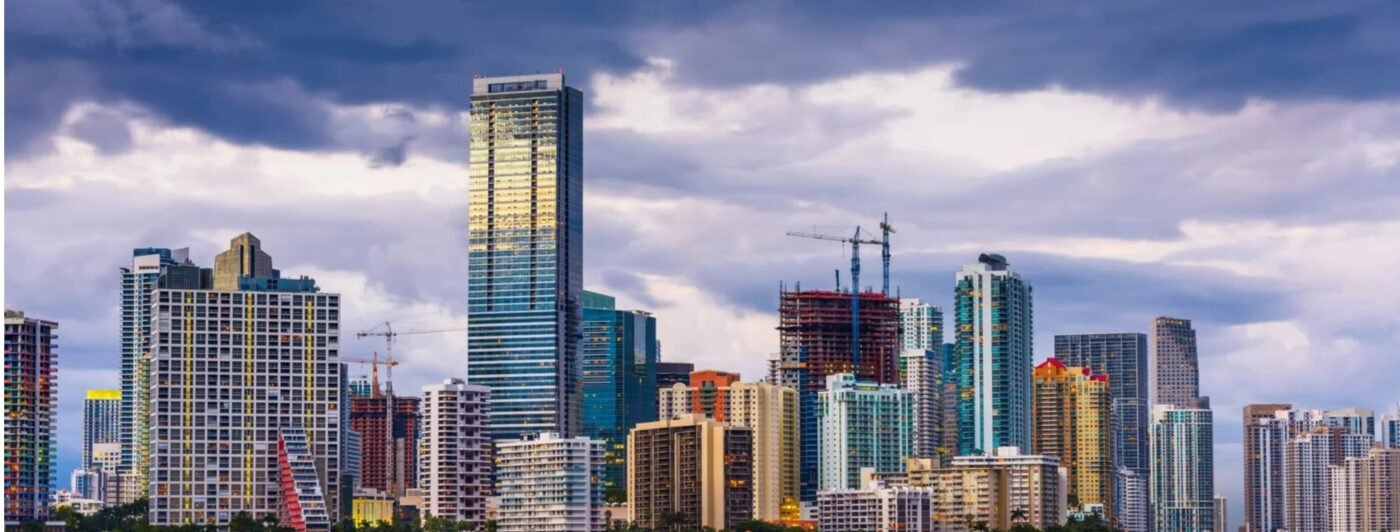
Miami Water Quality Report
Overview
The Miami-Dade Water and Sewer Department (WASD) is responsible for providing safe and reliable drinking water to residents. The department releases an annual Water Quality Report to inform the public about the quality of the water they receive.
Water Sources
Miami’s drinking water primarily comes from the Biscayne Aquifer, a shallow layer of highly permeable limestone located beneath the surface of South Florida. This aquifer is replenished by rainfall and is protected by various environmental regulations to ensure its sustainability and purity.
Water Treatment Process
The water treatment process in Miami includes several stages:
- Coagulation and Flocculation: Chemicals are added to the water to bind with impurities, forming larger particles called floc.
- Sedimentation: The floc settles to the bottom of the treatment tanks.
- Filtration: The water passes through filters to remove any remaining particles.
- Disinfection: Chlorine or other disinfectants are added to kill bacteria and other microorganisms.
- pH Adjustment: The pH of the water is adjusted to prevent corrosion in the distribution system.
Water Quality Parameters
The water quality in Miami is monitored for various parameters, including:
- Microbial Contaminants: Such as viruses and bacteria, which may come from sewage treatment plants, septic systems, agricultural livestock operations, and wildlife.
- Inorganic Contaminants: Such as salts and metals, which can be naturally occurring or result from urban stormwater runoff, industrial or domestic wastewater discharges, oil and gas production, mining, or farming.
- Pesticides and Herbicides: Which may come from a variety of sources such as agriculture, urban stormwater runoff, and residential uses.
- Organic Chemical Contaminants: Including synthetic and volatile organic chemicals, which are by-products of industrial processes and petroleum production, and can also come from gas stations, urban stormwater runoff, and septic systems.
- Radioactive Contaminants: Which can be naturally occurring or be the result of oil and gas production and mining activities.
Water Hardness
Water hardness in Miami is primarily due to the presence of calcium and magnesium ions. The hardness level of Miami’s water is typically classified as moderately hard, with an average hardness of around 150-200 mg/L (milligrams per liter) as calcium carbonate1. This level of hardness is common for water sourced from limestone aquifers.
Effects of Hard Water
- On Appliances: Mineral deposits can build up in pipes and appliances, reducing their efficiency and lifespan.
- On Skin and Hair: Hard water can cause dryness and irritation, making it difficult to lather soap and shampoo.
- On Cleaning: It can leave spots on dishes and glassware and make cleaning more challenging.
Solutions for water hardness in “CITY NAME”
- Water Softeners: Installing a water softener can help reduce the hardness of the water. This is not the best option because water softeners exchange salt for hardness, adding an unhealthy amount of salt to your drinking water. Which is corrosive and bad for the environment. Its usage is also being banned in many municipalities.
- HydroFLOW: this is the best option for treating hard water. It lets you keep the healthy calcium in your water but renders it harmless by not allowing it to adhere to your plumbing and fixture surfaces. Learn more about the benefits of HydroFLOW.
Recent Findings
The latest water quality report indicates that Miami’s drinking water meets or exceeds all federal and state standards for safety and quality. The report highlights the following key points:
- No violations of the Safe Drinking Water Act standards.
- Low levels of contaminants: All detected contaminants were below the maximum contaminant levels (MCLs) set by the Environmental Protection Agency (EPA).
- Consistent monitoring: Regular testing ensures that any potential issues are identified and addressed promptly.
Conclusion
Miami’s water quality is well-maintained through rigorous testing and treatment processes. Residents can be confident that their drinking water is safe and of high quality. The WASD continues to invest in infrastructure and technology to ensure the long-term sustainability and safety of the water supply.